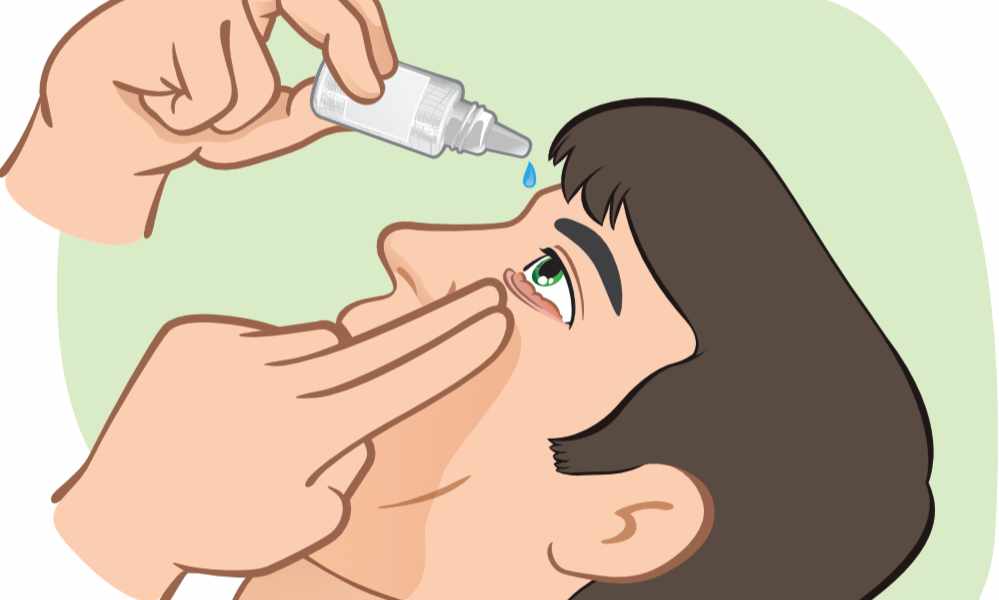Understanding Eye Drop Safety and Contamination Risks
Eye drops are commonly used medications that can provide relief for various eye conditions, but they also carry potential risks if not used properly. Contaminated products, improper storage, and failure to follow safety guidelines can lead to serious eye infections and vision problems. Understanding these risks and knowing how to identify warning signs is crucial for maintaining eye health and preventing complications that could affect your vision long-term.

Eye drops serve as essential medications for treating dry eyes, allergies, glaucoma, and various other ocular conditions. While these products are generally safe when used correctly, recent incidents involving contaminated products have highlighted the importance of understanding potential risks and taking appropriate precautions when using over-the-counter and prescription eye medications.
What Are the Risks of Contaminated Eye Drops?
Contaminated eye drops pose serious health threats that can result in severe eye infections, corneal damage, and even permanent vision loss. Bacterial contamination is particularly dangerous, as it can introduce harmful microorganisms directly into the eye. Manufacturing defects, improper storage conditions, and contamination during production can all contribute to these risks. Some contaminated products have been linked to rare but serious infections caused by drug-resistant bacteria, which can be extremely difficult to treat and may require aggressive medical intervention.
Can Over-the-Counter Products Cause Eye Infections?
Over-the-counter eye drops can potentially cause infections when they become contaminated or are used improperly. Multi-dose bottles are particularly susceptible to contamination if the dropper tip touches the eye or other surfaces. Additionally, sharing eye drops between individuals can introduce bacteria and increase infection risk. Preservative-free formulations, while gentler for sensitive eyes, have shorter shelf lives once opened and may be more prone to bacterial growth. Users should always check expiration dates, avoid touching the dropper tip, and never share eye medications with others.
Why Is Checking Recalls and Warnings Important?
Regulatory agencies regularly monitor eye drop safety and issue recalls when contaminated or defective products are identified. Staying informed about these recalls is crucial for preventing exposure to dangerous products. The FDA maintains updated lists of recalled eye drops and provides detailed information about specific risks associated with each product. Healthcare providers and pharmacists also play important roles in communicating recall information to patients. Ignoring recall notices can result in continued use of potentially harmful products, putting vision and overall eye health at serious risk.
What Symptoms Indicate Eye Irritation or Vision Problems?
Recognizing early warning signs of eye problems is essential for preventing serious complications. Common symptoms include persistent redness, unusual discharge, increased tearing, burning or stinging sensations, blurred vision, light sensitivity, and pain or discomfort. More serious warning signs include sudden vision changes, severe pain, colored halos around lights, and any symptoms that worsen despite discontinuing eye drop use. These symptoms may indicate bacterial infections, allergic reactions, or other serious conditions requiring immediate medical attention.
When Should You Consult an Eye Care Professional?
Consulting an eye care professional is recommended whenever concerning symptoms develop or persist after using eye drops. Immediate medical attention is necessary for severe symptoms such as sudden vision loss, intense pain, or signs of serious infection. Regular eye examinations are also important for individuals who use eye drops frequently, as some medications can have long-term effects on eye pressure or other aspects of eye health. Eye care professionals can provide proper diagnosis, recommend appropriate treatments, and monitor for potential complications associated with eye drop use.
Preventing Eye Drop-Related Complications
Preventing complications requires following proper usage guidelines and maintaining good hygiene practices. Always wash hands before applying eye drops, avoid touching the dropper tip to any surface, and replace eye drops according to manufacturer recommendations. Store medications at appropriate temperatures and discard them after expiration dates or recommended usage periods. When using multiple eye medications, wait several minutes between applications to prevent interactions. Consider using preservative-free options if you experience sensitivity reactions, and never use eye drops that appear cloudy, discolored, or contain particles.
Understanding the risks associated with eye drops and taking appropriate precautions can help prevent serious complications while ensuring these medications provide their intended benefits. By staying informed about recalls, recognizing warning symptoms, and seeking professional care when needed, individuals can safely use eye drops as part of their overall eye health management strategy.
This article is for informational purposes only and should not be considered medical advice. Please consult a qualified healthcare professional for personalized guidance and treatment.




